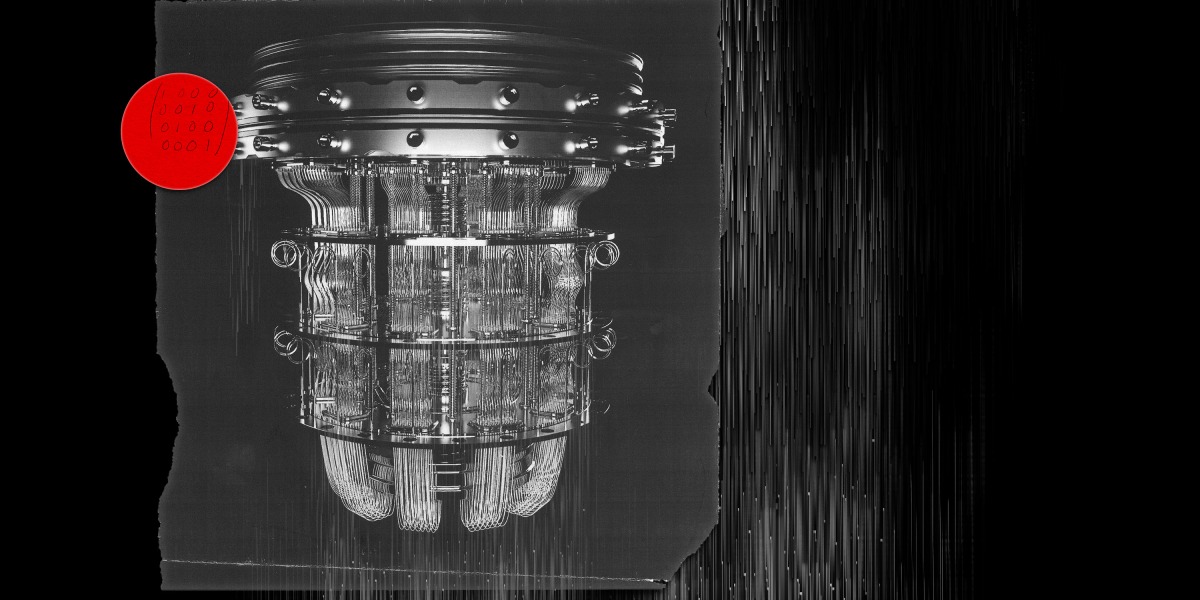
What’s next for quantum computing
For yrs, quantum computing’s news cycle was dominated by headlines about document-environment systems. Scientists at Google and IBM have experienced spats above who obtained what—and no matter if it was truly worth the hard work. But the time for arguing over who’s got the largest processor appears to be to have passed: corporations are heads-down and making ready for life in the serious planet. Quickly, absolutely everyone is behaving like grown-ups.
As if to emphasize how a lot scientists want to get off the hype educate, IBM is expected to announce a processor in 2023 that bucks the trend of putting ever extra quantum bits, or “qubits,” into participate in. Qubits, the processing models of quantum pcs, can be crafted from a range of technologies, which includes superconducting circuitry, trapped ions, and photons, the quantum particles of mild.
IBM has extensive pursued superconducting qubits, and about the decades the company has been making regular progress in raising the variety it can pack on a chip. In 2021, for example, IBM unveiled a single with a file-breaking 127 of them. In November, it debuted its 433-qubit Osprey processor, and the organization aims to launch a 1,121-qubit processor identified as Condor in 2023.
But this yr IBM is also envisioned to debut its Heron processor, which will have just 133 qubits. It may well search like a backwards action, but as the firm is keen to level out, Heron’s qubits will be of the maximum top quality. And, crucially, each and every chip will be in a position to link instantly to other Heron processors, heralding a change from solitary quantum computing chips towards “modular” quantum desktops created from numerous processors connected together—a go that is envisioned to support quantum computer systems scale up considerably.
Heron is a signal of more substantial shifts in the quantum computing business. Many thanks to some the latest breakthroughs, aggressive roadmapping, and substantial amounts of funding, we may possibly see common-objective quantum pcs previously than a lot of would have expected just a several a long time back, some industry experts counsel. “Overall, items are unquestionably progressing at a fast speed,” states Michele Mosca, deputy director of the Institute for Quantum Computing at the University of Waterloo.
Right here are a handful of regions wherever gurus count on to see development.
Stringing quantum desktops collectively
IBM’s Heron job is just a to start with move into the earth of modular quantum computing. The chips will be related with typical electronics, so they will not be in a position to keep the “quantumness” of details as it moves from processor to processor. But the hope is that this sort of chips, in the long run joined with each other with quantum-friendly fiber-optic or microwave connections, will open the path towards dispersed, massive-scale quantum desktops with as several as a million linked qubits. That may perhaps be how several are necessary to operate useful, error-corrected quantum algorithms. “We need systems that scale the two in size and in charge, so modularity is important,” suggests Jerry Chow, director at IBM Quantum Hardware Process Growth.
